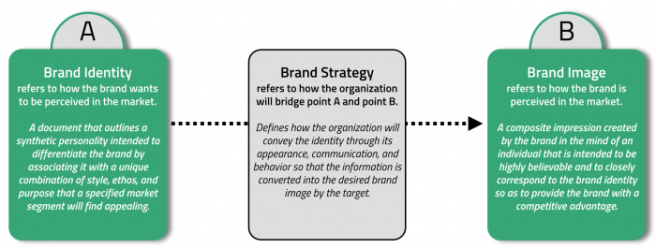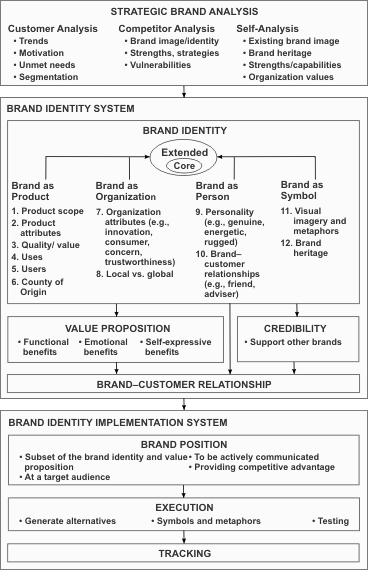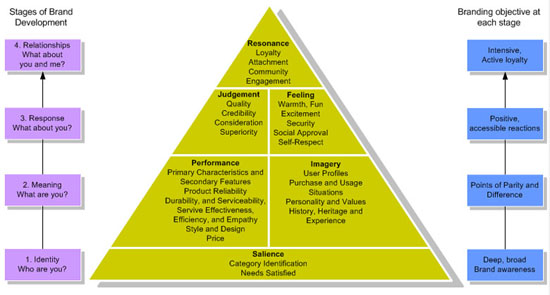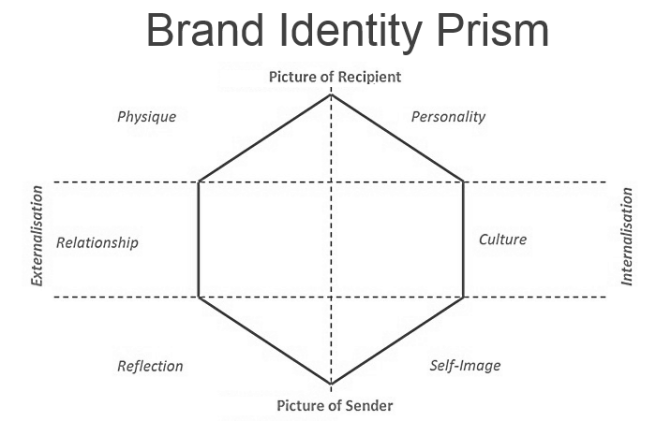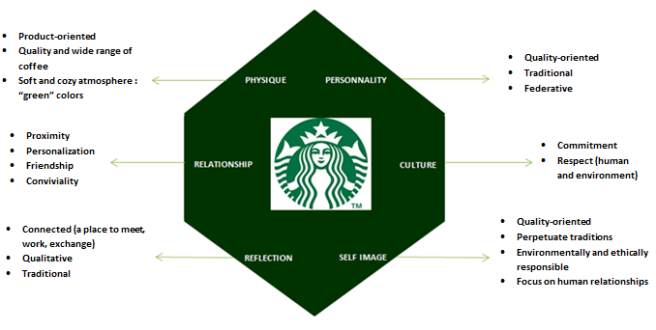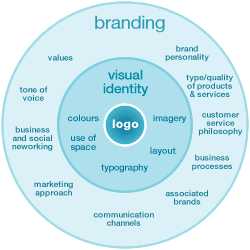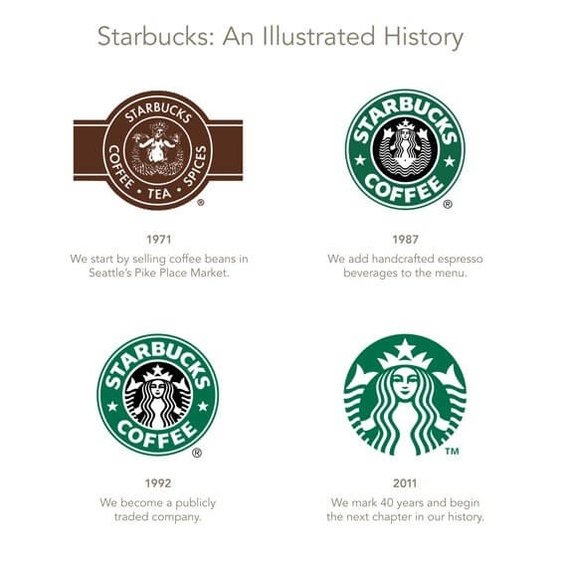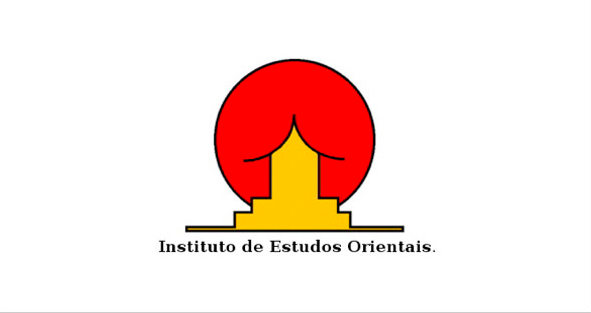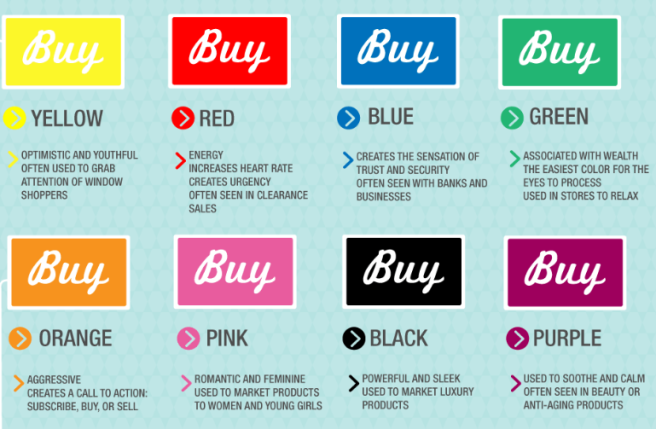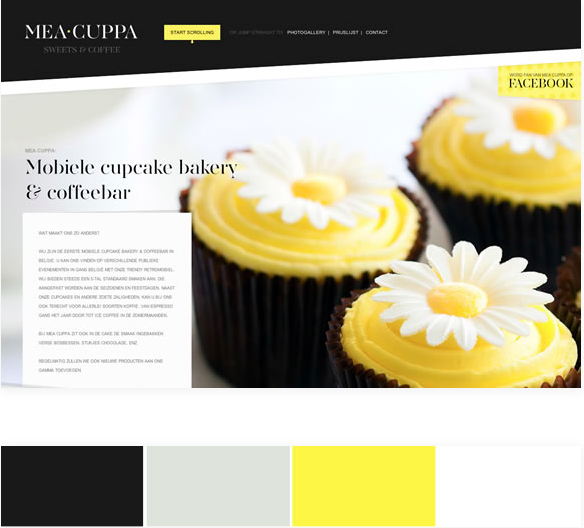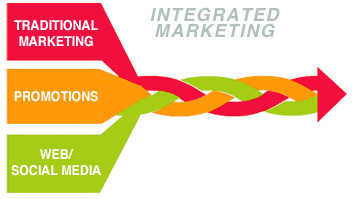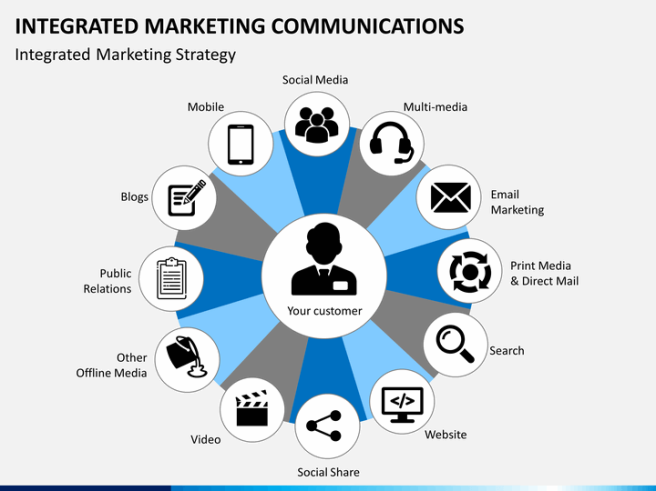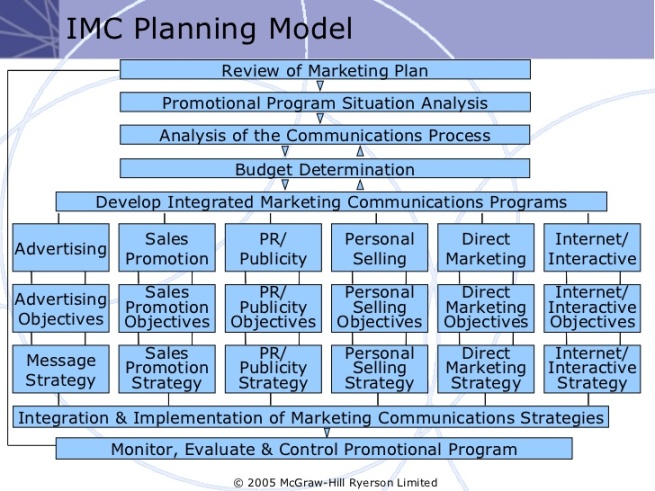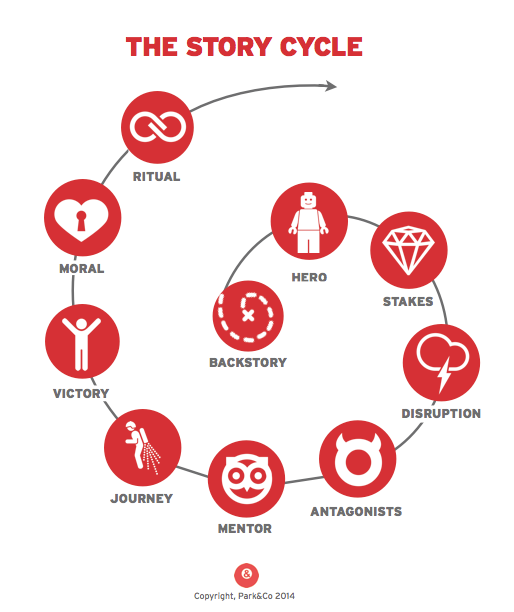What is Brand Strategy?
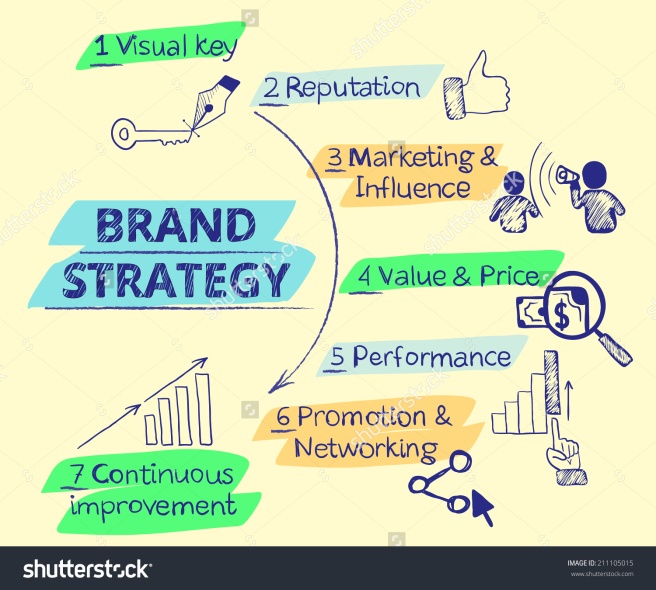
- Brand strategy is a long-term plan for the development of a successful brandin order to achieve specific goals.
- Long-term marketing support for a brand, based on the definition of the characteristics of the target consumers. It includes understanding of their preferences, and expectations from the brand. (BusinessDictionary)
What are the brand strategy goals?
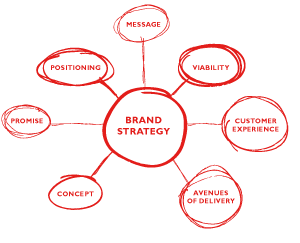
- Build awareness. Awareness leads to marketplace dominance and makes selling easier. After you build awareness for your brand, that awareness acts like a proxy for your business. When you can’t be somewhere in person, your brand goes for you, getting you noticed and conveying your core message and business promise on your behalf.
- Create an emotional connection. If your customers select your offering based largely on how they feel about owning your product or associating with your business, then creating an emotional connection needs to be an important part of your branding strategy.
- Differentiate your product. When customers understand why your offering is different and better than all competing products, they have a clear reason to buy from you, and you have a secure market position.
- Create credibility and trust. In any branding strategy, you absolutely must plan to establish or enhance credibility and trust. Brands, essentially, are reputations that result from promises made and consistently kept. If your brand fails to win on these two counts — if it fails to appear credible or trustworthy — it fails altogether.
- Motivate purchasing. Brands are like great advance teams in that they establish interest, appeal, confidence, preference, and purchase motivation in a customer’s mind before your product ever enters the arena.
What are the elements of good brand strategy?
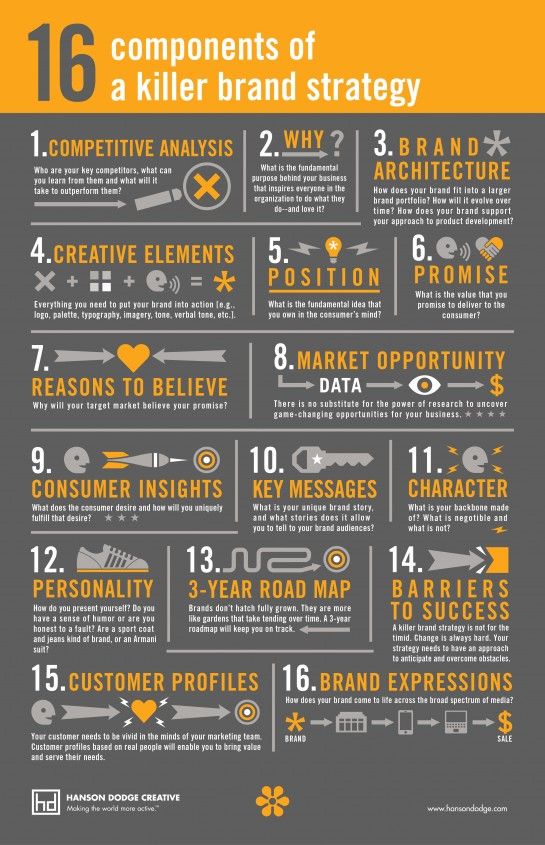

Brand strategy includes such actions, as:
- Brand Assessment
- Brand Positioning
- Brand Messaging
- Brand Architecture
- Portfolio Nomenclature
- Rebranding
6 key elements of brand strategy:
1. Target Audience.
In B2C, the target audience or market for your brand is the person who is most likely to buy your product. In B2B, your target audience is still the most likely buyer for your product or service, but because the nature of the purchasing process is more complex in B2B, you’ll need to be looking not just at which companies are likely to buy from you, but at who within those companies is going to make those decisions. Is it a purchasing manager, a department manager, or a team of executives? Depending on the value of your products, the decision might have multiple influencers and decision-makers. You’ll need messaging that speaks to all of them.
2. Brand Promise.
The brand promise is the message that speaks to your target audience. It tells them what to expect from purchasing your product.
3. Brand Perception
You’ll want to take a look at what the perception of your brand has been in the past, what it is now, and what you want it to be in the future. One way to do this is to survey your current customers to find out what they think of your brand. Do your target customers know your brand? What do they think of you? What do you want them to think of you? Understanding how your brand is perceived is especially important if you are looking to change your business strategy: maybe you’re looking to enter new markets, or you’ve been known as the low price provider in the past, and you are looking to move up market.
4. Brand Values
Clearly define what guides your company’s decision-making. These are the core values that your brand seeks to embody.
5. Brand Voice
How does your brand “speak?” What is its personality? Is it buttoned down and serious, or more playful and fun? The answer to these questions will depend the audience you are trying to engage, and there should be a fit between your audience and the voice you use to speak to them.
6. Brand Positioning
Brand positioning is defined as the position that a brand holds (or wants to hold) in the mind of the customer. It can usually be boiled down into a one or two sentence “positioning statement” that defines the target audience, who the brand competes against, the benefits of using it, and a statement of proof for the brand promise. It tells you what the brand’s position in the market is relative to its competitors, and what sets it apart from the rest.
There are many components that make up a brand, including logos and packaging, brand equity (which is the value of perceptions and expectations about your brand), and the brand persona or voice. Your brand strategy is an essential tool to developing these elements so that they work together in the minds of purchasers to give them confidence when considering making a purchase.

What is the process of Business Strategy?

6 Steps to create an Effective Business (Brand) strategy
-
Gather the facts
To know where you’re heading, you have to know where you are right now. So before you start looking ahead, you should review the past performance, or the current situation. Look at each area of the business and determine what worked well, what could have been better and what opportunities lie ahead.You should look internally at your strengths and weaknesses. And for the opportunities and threats you should look at external factors. A great framework for looking at external factors is PESTLE (Political, Economic, Social, Technological, Legal and Environmental). So, for your big idea or plan you would ask: what threats and opportunities could arise under each category?
The most important part of this process is involving the right people to make sure you’re collecting the most relevant information.
-
Develop a vision statement
This statement should describe the future direction of the business and its aims in the medium to long term. It’s about describing the organisation’s purpose and values. Business gurus have debated long and hard about what comes first – the vision, or the mission statement (see step 3). But, in practice, you could develop both at the same time.
-
Develop a mission statement
Like the vision statement, this defines the organisation’s purpose, but it also outlines its primary objectives. This focuses on what needs done in the short term to realise the long term vision. So, for the vision statement, you may want to answer the question: “Where do we want to be in 5 years?”. For the mission statement, you’ll want to ask the questions:
- What do we do?
- How do we do it?
- Whom do we do it for?
- What value do we bring?
-
Identify strategic objectives
At this stage, the aim is to develop a set of high-level objectives for all areas of the business. They need to highlight the priorities and inform the plans that will ensure delivery of the company’s vision and mission.
By taking a look back at your review in step one, in particular the SWOT and PESTLE analysis, you can incorporate any identified strengths and weaknesses into your objectives.
Crucially, your objectives must be SMART (Specific, Measurable, Achievable, Realistic and Time-related). Your objectives must also include factors such as KPI’s, resource allocation and budget requirements
-
Tactical Plans
- Now is the time to put some meat on the bones of your strategy by translating the strategic objectives into more detailed short-term plans. These plans will contain actions for departments and functions in your organisation. You may even want to include suppliers.
You’re now focusing on measurable results and communicating to stakeholders what they need to do and when. You can even think of these tactical plans as short sprints to execute the strategy in practice.
-
Performance management
All the planning and hard work may have been done, but it’s vital to continually review all objectives and action plans to make sure you’re still on track to achieve that overall goal. Managing and monitoring a whole strategy is a complex task, which is why many directors, managers and business leaders are looking to alternative methods of handling strategies. Creating, managing and reviewing a strategy requires you to capture the relevant information, break down large chunks of information, plan, prioritise, capture the relevant information and have a clear strategic vision.
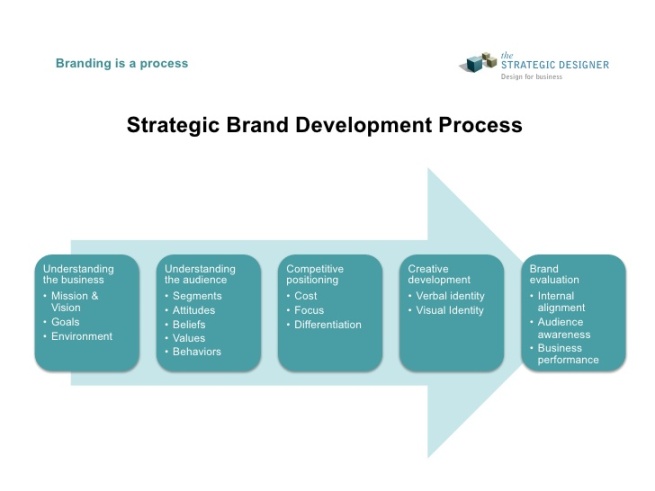
What are tools/models for good Brand Strategy?
Brand Hierarchy models:
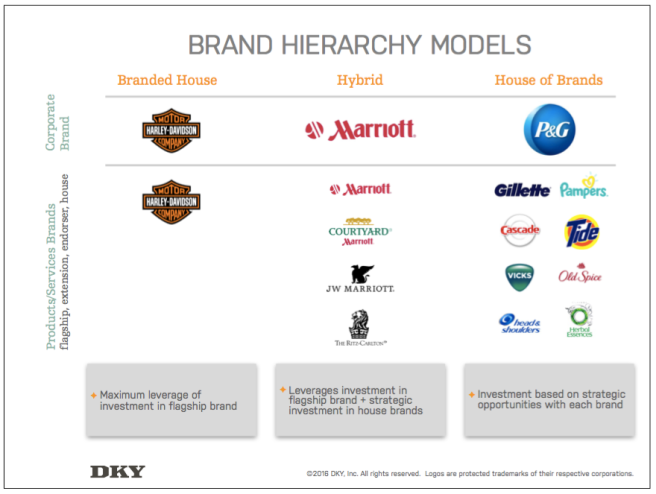
1. Branded house: In this model, the firm is the brand. Services and market sectors (or practice areas) are subsets of that primary brand and are not formally branded. Here are a few well-known brands that use the branded house strategy.
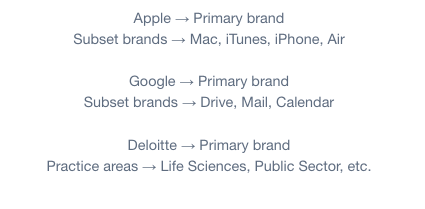
In all instances, the subset brands are recognized, but not to the extent that they overshadow or detract from the primary brand.
In professional services, the branded house approach is also known as a one-firm brand strategy. The firm has a single brand: logo mark, marketplace positioning and messaging. The subordinate service offerings share these brand elements but contain their own unique messaging points.
2. House of brands: In the second brand strategy model, the branding is focused on the subset brands. The primary brand gets little or no attention. Ever hear of a company called Newell? How about Rubbermaid, Sharpie or Irwin Tools? Newell is a good example of the house of brands strategy—the individual subordinate brands have much better recall than the primary brand.
A house of brands approach requires significant investment in dedicated resources because each brand operates as its own company in terms of brand elements and messaging.
3. Hybrid Brand Model
A third approach to Brand Hierarchy is commonly referred to as the Hybrid Brand model. When the business strategy isn’t served by either a Branded House or House of Brands approach, companies apply elements of both. Coca Cola, Marriott and General Motors are three businesses that exemplify a Hybrid Brand structure.
Often times, the Hybrid models start with a flagship brand and expand to diversify and/or grow market share. The Coca Cola company has leveraged the strength of its namesake brand with a variety of flagship brand extensions (Diet Coke) and house brands (Sprite). Marriott uses a similar approach with a strong flagship brand, brand extensions (JT Marriott), endorser brands (Courtyard by Marriott) and house brands (The Ritz Carlton).
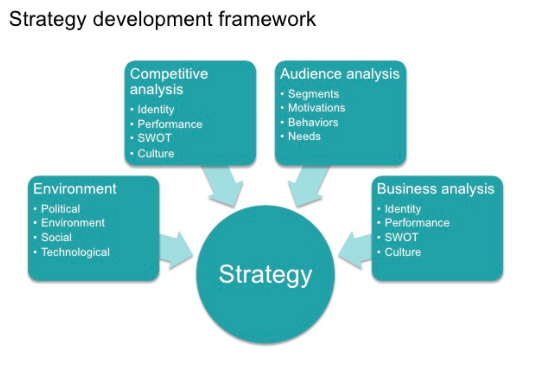
-
Brand with your ears
- Listening creates trust
- listening and questioning are our most valuable tools
- Questioning gets you to real motivations
- Understanding motivations can help you influence behaviour
2. SWOT analysis
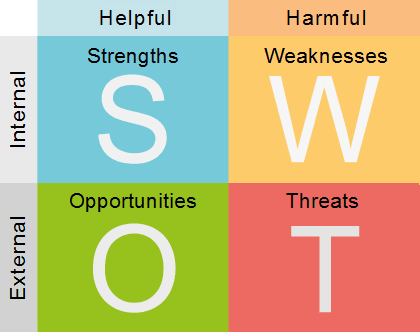
3. PESTEL analysis
Political
Economic
Social
Technical
Environmental
Legal
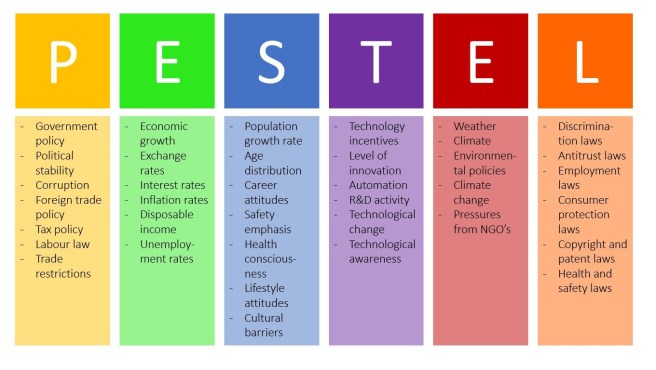
#1: Whole Foods Market
By the early 2000’s, Whole Foods had pretty much maxed out market share in the “organic and natural” customer segment, but were pursuing growth. Research indicated that 80% of first-time Whole Foods shoppers became loyal customers, and “Foodies” represented a highly prized customer segment with the most untapped growth potential. So the question was how to appeal to this segment more effectively and inspire Foodies to try shopping at Whole Foods for the first time. The answer was a shift in brand strategy. They de-emphasized the organic/natural messaging, and developed a new brand strategy targeting Foodies (without alienating the “earthy-crunchies”) captured in the tagline “Passionately Picky”. The strategy was expressed in an ad campaign focused on getting Foodies excited about a specific food item.
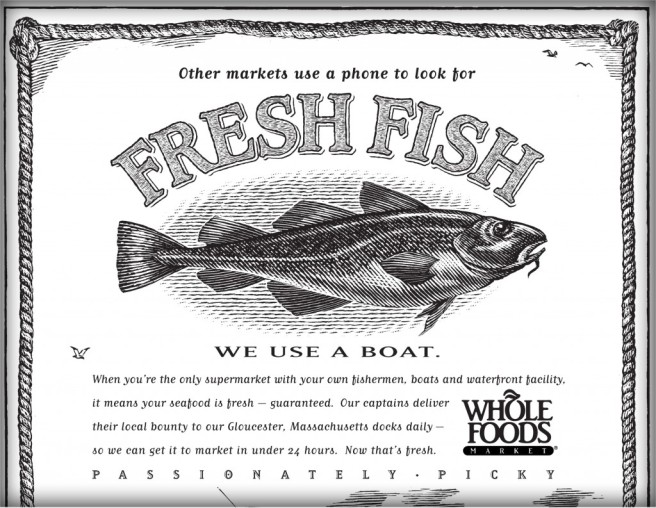
Each ad told the story of a single item that exemplified Whole Foods’ “passionate pickiness” in scouring the globe for the best foods in the world. The micro-success of this campaign was the consistent selling out of the items advertised in the campaign. The far more important macro-success was a) driving immediate first-time visits by Foodies who sought the specific product advertised, and b) delivering the message to the broader Foodie audience that Whole Foods shares their passion for the best foods, not just the most organic/natural foods. Extraordinary growth was achieved. And it all came down to rethinking brand strategy.
Strategic partnerships like that one can be a highly effective way to build a business, boost brand awareness, and break into new markets. The whole point is that the success of one brand will bring success to its partner brand, too. But for a partnership to truly work, it has to be a win-win for all players in the game. The value perceptions, target audiences, prices, and promotion channels need to match.
#3 Bonne Belle & Dr. Pepper: Flavored Lip Balm
Bonne Belle first debuted Lip Smacker, the world’s first flavored lip balm, in 1973, starting with flavors like strawberry, lemon, and green apple. Just two years later in 1975, they’d forged their first flavor partnership with the timeless Dr. Pepper brand. The result? A lip balm flavor that’s been famous for decades among teenage girls.
If you’re thinking the connection between lip balm and Dr. Pepper is a little thin, consider the copy on one of their vintage ads: “It’s the super shiny lip gloss with lip-smacking flavor… just like the world’s most original soft drink.” And later, “From Bonne Belle of course: the cosmetics company that understands your taste.”
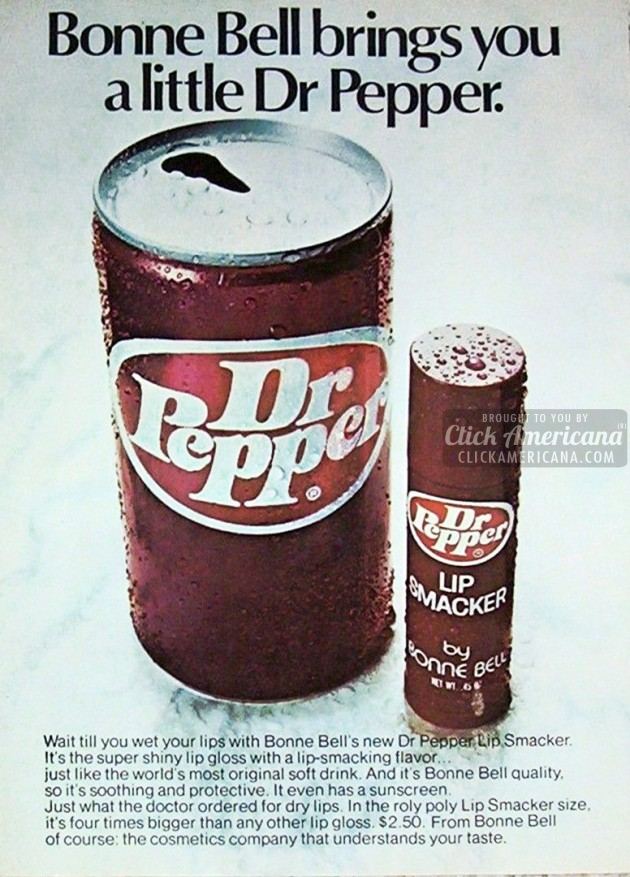
#4 Alexander Wang & H&M
Anyone who’s designer-conscious knows Alexander Wang and H&M aren’t exactly the same caliber when it comes to quality. Shoes by Alexander Wang tend to go for around $350 a pair, whereas shoes sold by H&M tend to go for more like $35 a pair. See what I mean?
But that discrepancy in pricing is exactly why the two brands decided to partner with one another. To support their brand positioning as trendy and fashionable, H&M has traditionally paired with high-end fashion brands to offer exclusive branded items for a limited time.
In exchange, those high-end brands — like Alexander Wang — can expose their brand name to “a new generation of potential consumers, who will increasingly aspire to owning more pieces from his high end collection,”
Rebranding
Rebranding is the creation of a new look and feel for an established product or company. The usual goal of rebranding is to influence a customer’s perception about a product or service or the company overall by revitalizing the brand and making it seem more modern and relevant to the customer’s needs.
When/Why to rebrand?
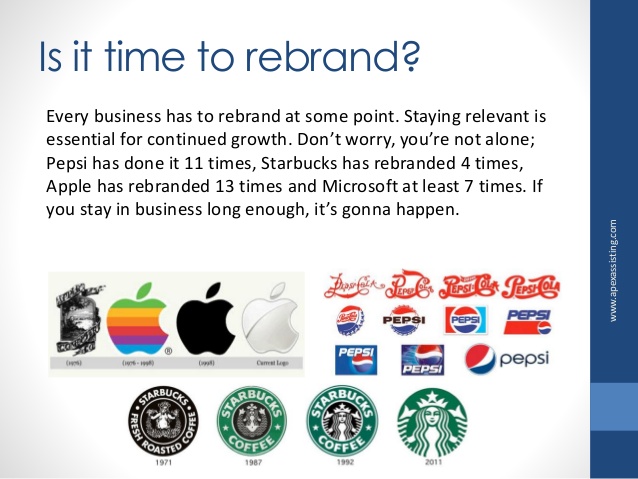
There are many other reasons a business might want to present a different brand image:
- Repositioning of the company and it’s vision
- setting the company apart from its competitors
- updating the corporate image to appeal to a younger market
- expanding the business scope
- reputation management, to distance themselves from problems of the past
- exploit the popularity of some current trend, such as green computing
19 questions to ask before start rebranding:
- Why are we doing a rebrand?
- What problem are we attempting to solve?
- Has there been a change in the competitive landscape that is impacting our growth potential?1
- Has our customer profile changed?
- Are we pigeonholed as something that we (and our customers) have outgrown?
- Does our brand tell the wrong (or outdated) story?
- What do we want to convey? To whom?
- Why should anyone care about our brand?
- Have we isolated exactly who should care about our brand?
- Have their needs, or the way they define them, changed?
- Are we asking our customer to care more about our brand — and what it means — than we do?
- Is our brand associated with something that is no longer meaningful?
- Is our brand out of step with the current needs and desires of our customers?
- Are we leading with our brand direction?
- Are we following with our brand direction?
- Is the goal of this rebrand a stepping stone (evolutionary) or a milestone (revolutionary) ?
- Will this solution work in 5, 10 and 15 years from now based on what we can anticipate?
- Have we assigned some committee to manage the project versus someone (or at most, two people) who is/are focused, inspired and can lead?
- If we were starting our business today, would this be the brand solution we would come up with?
Examples of good rebranding
# 1 Pepsi
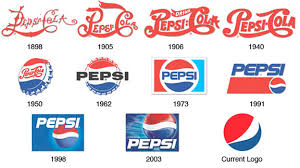
#2 Old Spice
Prior to 2010, Old Spice was seen as a brand for older generations, a somewhat uninteresting and stagnant brand that wasn’t especially bad or especially good. Then, in a massive rebranding stunt, they came out with a new advertisement(and a series to follow) featuring athlete Isaiah Mustafa in a strange, funny, “random” video implying the deodorant to be something sexy, surprising, fun, and youthful. The rebranding effort was a success, in part, because it helped a new demographic access a traditional product. It capitalized on new trends, like non-sequitur-based humor and online videos, and ended up being a massive boon for the brand.
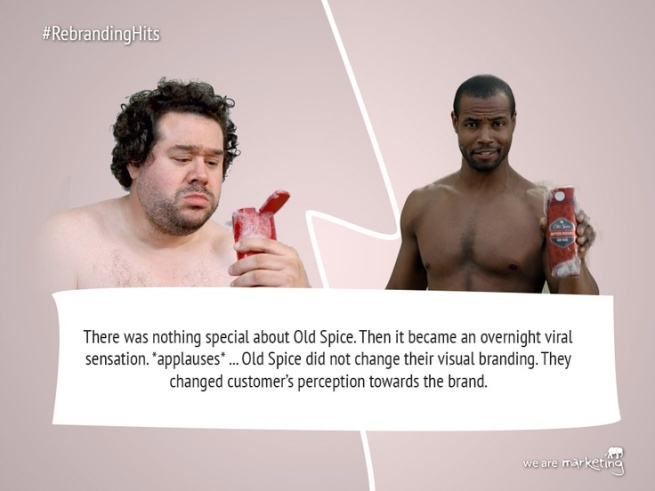
#3 Burberry
Burberry is a fantastic example of how a brand can change its image with a few simple marketing tweaks. Just a couple decades ago, Burberry was suffering from a bad reputation, being associated as gang wear. In 2001, a new creative director, Christopher Bailey, took over and started introducing new products like swimwear and trench coats that were unaffiliated with previous images of the brand. Celebrity endorsements from Emma Watson and Kate Moss helped cement the new image of Burberry, and now the company is a major luxury brand, touted as a symbol of high class and wealth.
#4 Apple
No rebranding article would be complete without a mention of Apple, possibly one of the best rebranding stories of our era. In the early- to mid-1990s, Apple was suffering from low sales, low consumer interest, and tons of competition driving customers away from them. The brand didn’t stand for much, and certainly didn’t stand out, until Steve Jobs took over the company in 1997 and started flipping consumer expectations on their heads. With an image of minimalism and modernity, a host of innovative new products, and a series of marketing and advertising campaigns that focused on ideas and experience more than products or purchases, Apple was able to attract a new, diversified customer base, and cement itself as a thought leader in the tech industry. It’s still riding the momentum of that dramatic shift today.
How to rebrand?
Focus on the big picture
“Don’t spend too much time getting lost in the mythology of the story behind the brand assets. Branding experts can be great storytellers but remember that most people are never going to pay that close attention to the deeper meaning of a tiny element of your logo.”
Be specific
“Remember that branding is as much about what you are not as [it is] about what you are. Too many businesses fail to exercise the discipline required to narrow in on what makes them special or unique. They try to include all of their customers or markets and wind up with a brand indistinguishable from other players in their market. A brand that means everything is a brand that means nothing.”
Hire an expert
“Get help. Especially for startups, but in larger companies as well, oftentimes you or your team members are too close to the brand to be objective. Whether you just hire a consultant for an hour or 3 months is up to you, but getting an expert’‘s unbiased opinion early on in the process will be invaluable moving forward.”
Think about your audience
“Understand who your audience is and identify your consumer. What new audiences are you trying to reach and who already loves your brand? Are you looking to obtain new customers, play to a new crowd, or make your current fans excited again? When rebranding, you want to make you are gaining attention for your new look and feel while not losing the key customer that holds your bottom line intact.”
Strategise your announcement
“With so much weight on the actual rebrand, it’s easy to forget about the strategy for announcing it to the world. When developing the strategy, it’s crucial to remember people don’t care about names or logos — they care about how the rebrand is going to positively change their experience with your company. At the same time, most people fight change. Make sure you’re not leaving behind the things people love about your company. You must articulate why this is better — explain they’ll still get the parts they already love plus new, exciting benefits.”
Make sure it’s legal
“Make sure you have the right to use the name you chose. So many business owners make the mistake of choosing a name and then charging forward with branding efforts like signage, website, logo, etc., when they don’t even know who else may be using the same or similar name. Consulting with a trademark attorney to have a search report done on the name is the most essential step a business can take when it is rebranding.”
Consider social media
“With clear rebranding objectives, work with an experienced branding company with experience in naming. Particularly with the advent of social media, you need to make sure that your new company name is a clear, available trademark, the domain is available, as are your priority social media addresses.”
Don’t leave anything outdated
“Make sure you rebrand everything. Don’t leave traces of your old logo behind. It looks very unprofessional. When customers see your new logo in one place and your old logo in another, they’re thinking one thing — disorganized.”
Don’t surprise your customers
“Let your audience [and] customers know something big is coming. Post about it on social media and your newsletters, don’t catch them off guard with your rebrand. Start laying the groundwork that you have a special launch or exciting rebrand coming two weeks prior. This way if they visit your site, they don’t think they went to the wrong place. This is also a great way to engage with your customers [and] clients and get their feedback or thoughts and build a better relationship, which typically converts to more loyalty and sales in the future.”
Keep employees informed
“Communicating the brand’s new approach, vision and positioning to all internal employees is crucial. This doesn‘’t mean sending out an email blast. This means educating all employees about the meaning of the rebrand, getting every employee on-board, and aligning them towards the common goal and purpose.”
References:


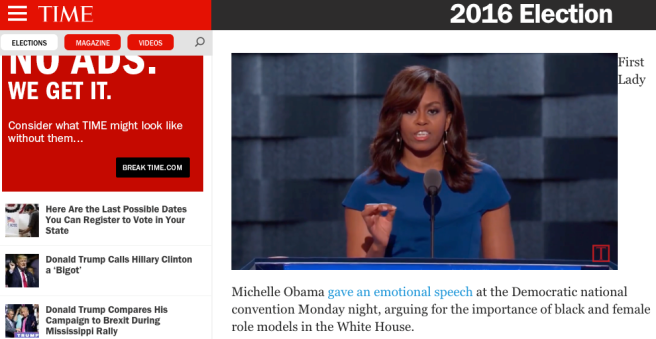



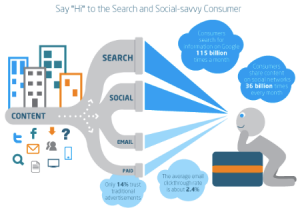


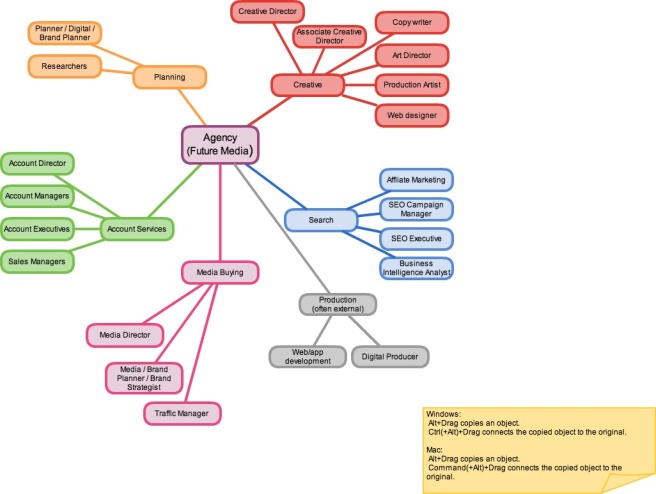
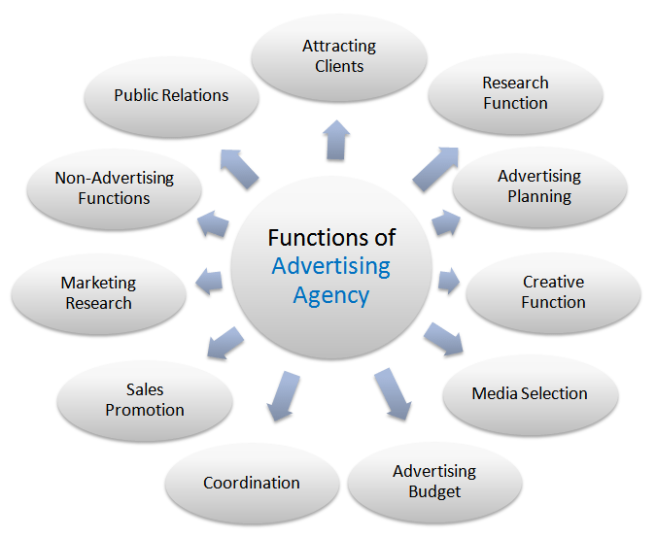
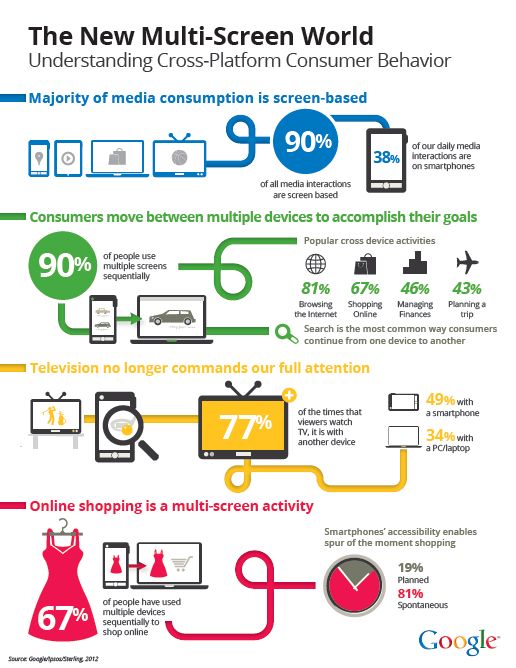
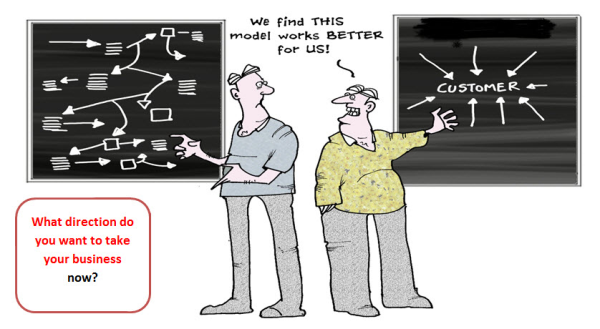
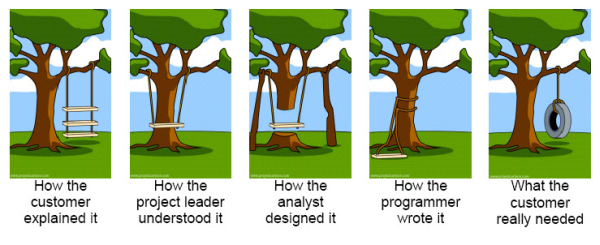
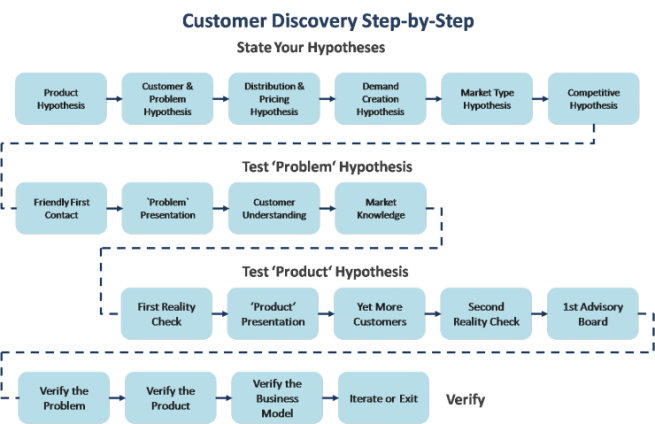
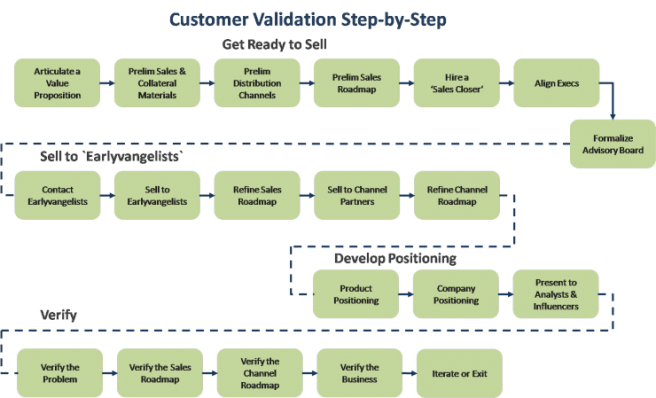
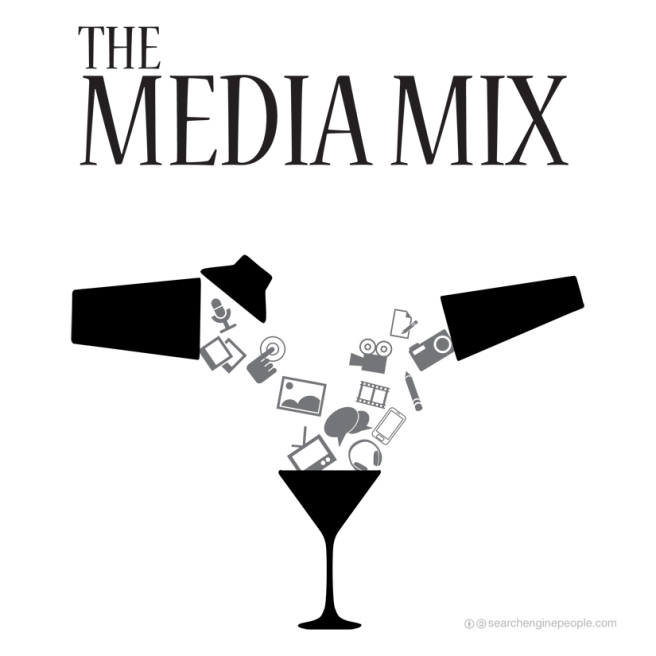
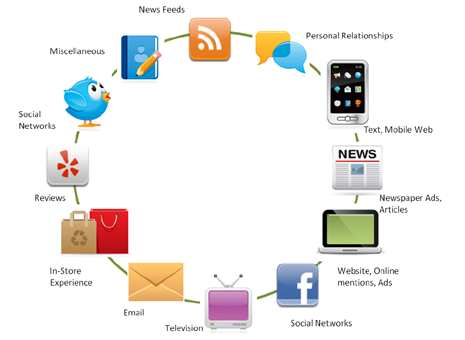

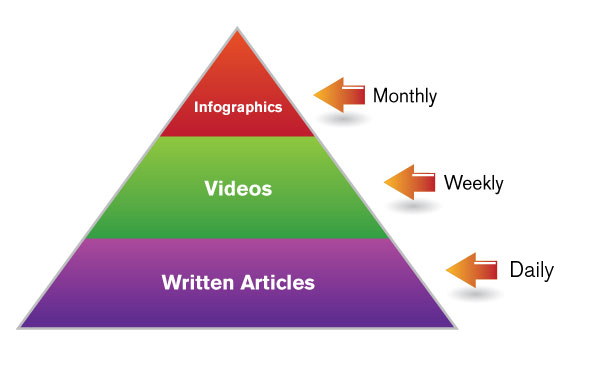























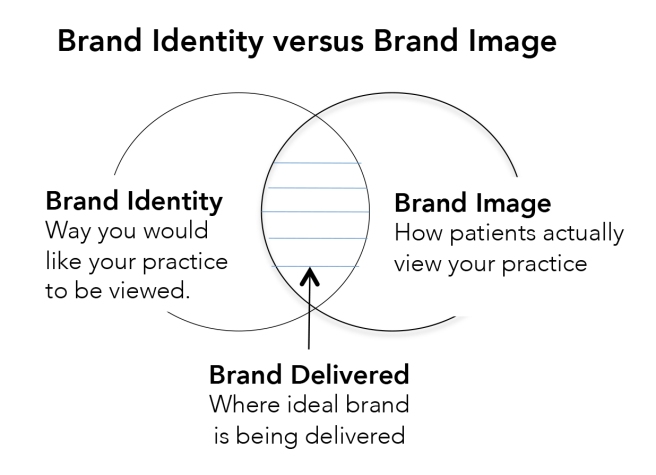
 (MSG)
(MSG)